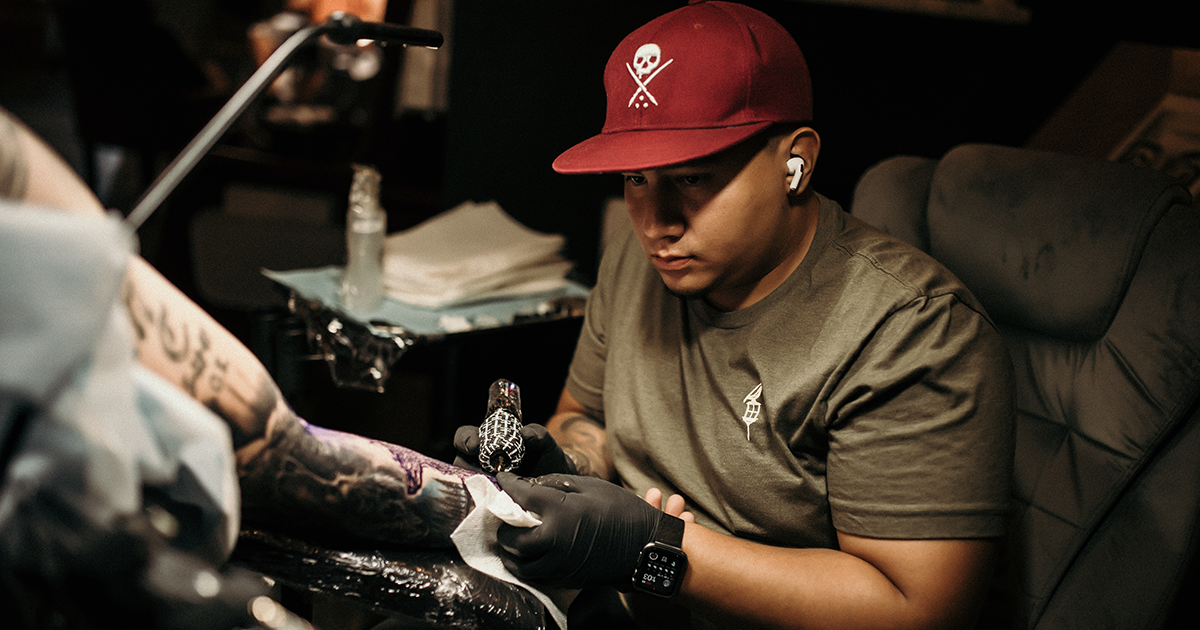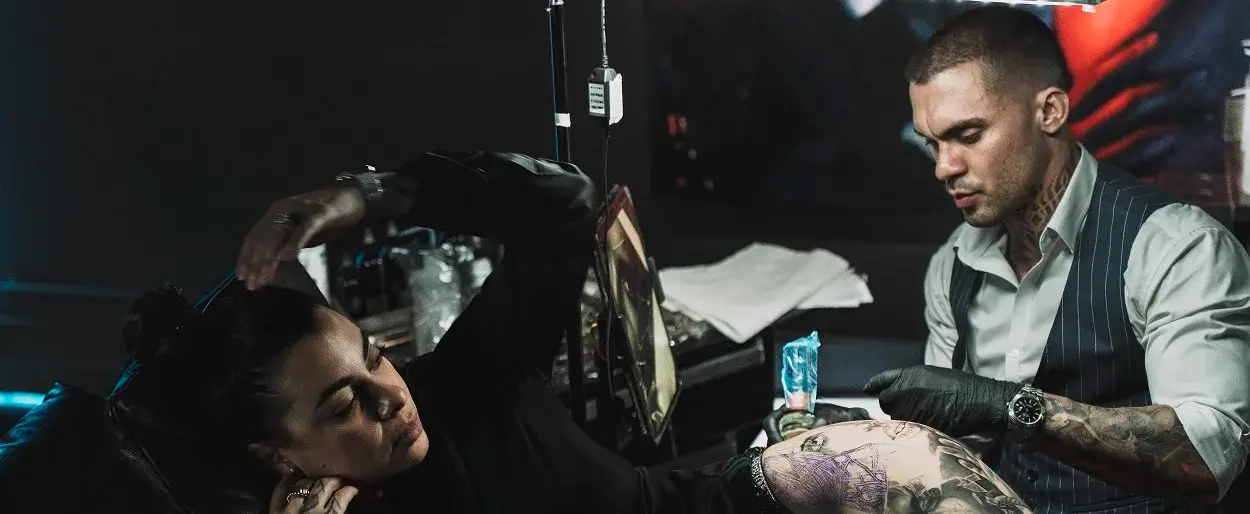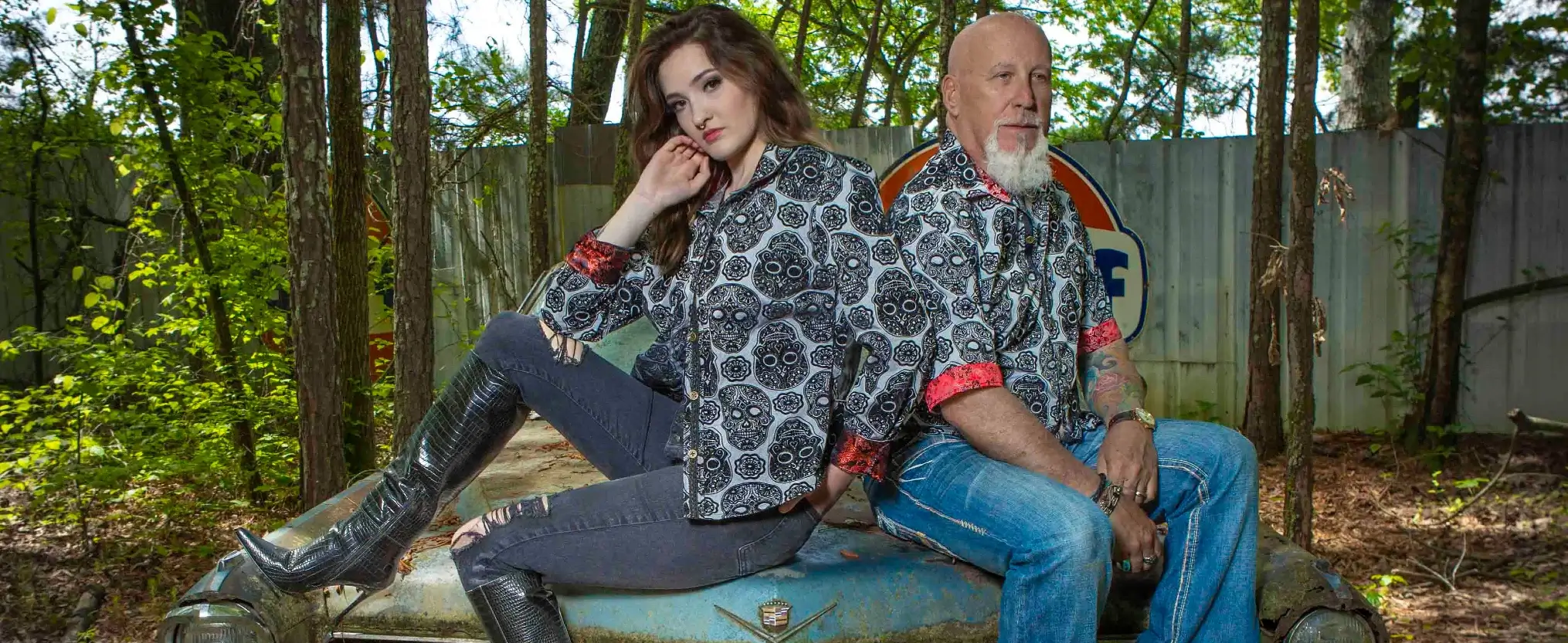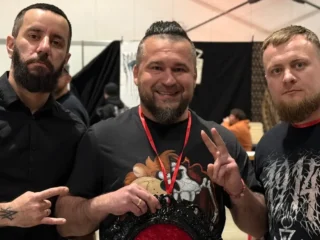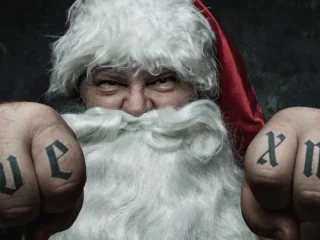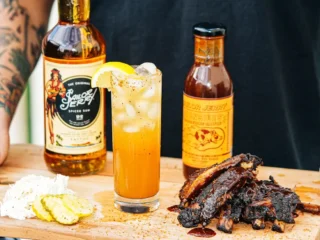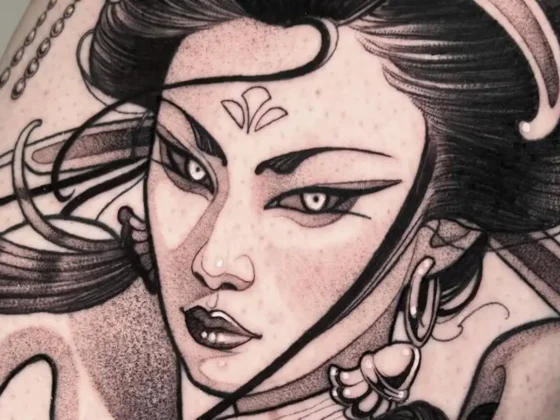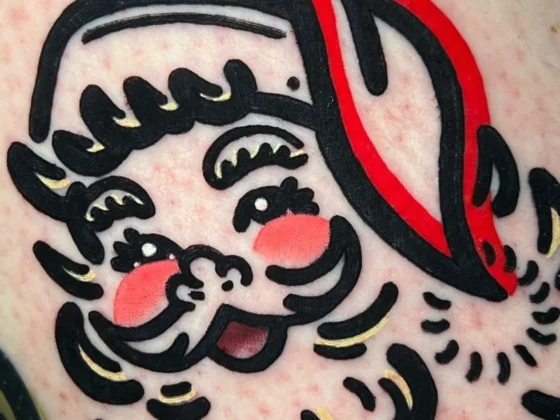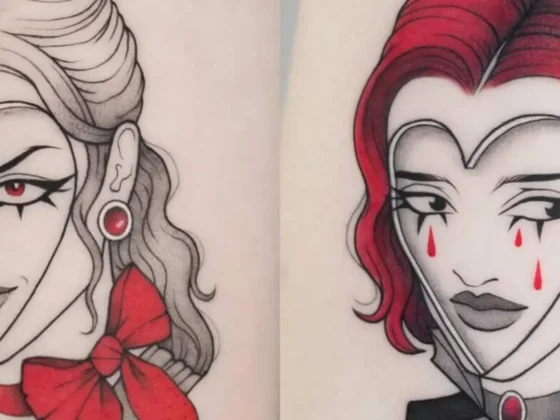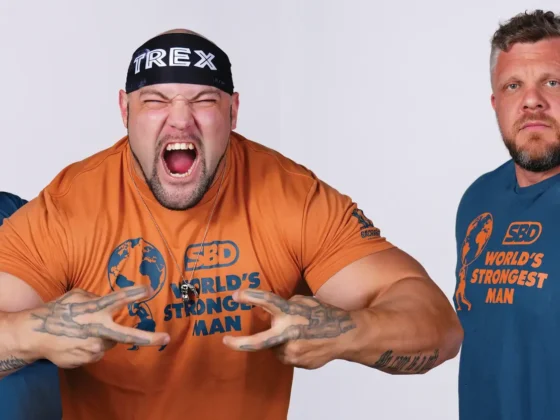Inked Mag Staff
March 27th, 2023
Artist Spotlight: Andres Jaramillo
From developing ink lines to designing machines, tattoo artist Andres Jaramillo is moving the industry into the future
Growing up in Colombia, Andres Jaramillo didn’t have an easy time breaking into the tattoo industry. Supplies were hard to come by and most of the working tattooers didn’t freely share information about the craft. But Jaramillo wasn’t to be deterred. He scrounged the internet for every last bit of information he could find and taught himself how to be a tattoo artist. Despite the long odds, Jaramillo succeeded and finds himself at the top of the game. Not only is he a key figure in the world of black-and-grey realism, but he’s worked alongside various brands to create innovations in both ink and tattoo machines.
We spoke with Jaramillo about his unique line of inks, how he got into tattooing, why he’ll never get tired of doing portraits and much more.
When did you first fall in love with art?
I have no memory of when I started in art, but from a very young age I have been attracted to art in many different mediums—drawing, painting, sculpture and photography.
How long have you been tattooing and what was the first thing that attracted you to this art form?
I started tattooing when I was 14. I didn’t know anything about the subject and the information was very minimal. That was 14 years ago! I was attracted by the idea of doing something new in my life and environment since I had never seen a tattoo artist or anything like that.
View this post on Instagram
Did you always think that tattooing would become your career?
Really, I have always said that tattooing is my hobby and not my job. Although today I live from this! I enjoy every time I can make a new and original piece whenever I can.
How was the tattoo scene growing up in Colombia?
There was very little information and the artists did not share their knowledge with others, [which made it difficult], in addition to being a child when I started in this guild! I really enjoyed learning on my own. The little information on the internet or books I could download from foreign artists helped me find a way to advance on my own.
Tattoo materials such as machines, needles and inks changed the tattoo industry into what it is today; this allowed me to focus on doing a good job and not spending so much time on the art of soldering needles, calibrating machines and mixing pigments. I highly respect the artists who started in this way and I am grateful they forged the foundations for this current industry.
View this post on Instagram
What was the first thing that led you to be interested in black-and-gray realism?
Realism is a modern style that has evolved in the last 15 years of history due to the advancement and quality of tattoo supplies. For this and more similar reasons, it was something new for me and it generated a lot of curiosity and interest in me.
Why are you so interested in portraiture?
Placing faces on the skin and satisfying a client in their desire to capture a memory appeals to me a lot. Capturing an emotion on a face is something very complex! I have never repeated a face and this is what I like the most since it is always a new challenge.
View this post on Instagram
What are the essential aspects to capture in a portrait?
The most important thing initially is the photo. But what will always mark a good result is that the face has an expression that conveys a moment. Like happiness, sadness, anger or love. This will always help the viewer connect with the tattoo
What is the key to your black-and-gray style?
I focus on high contrast. I always look for high contrast with strong lines and good definition to create a long-lasting and clean tattoo. I don’t like creating tattoos just for a photo.
View this post on Instagram
Did you go to school for art?
I am an industrial designer. I studied at the drawing academy in my country and although it is not something focused on drawing, it has given me many design tools that I apply daily to tattooing.
Can you tell us how you learned to build your first tattoo machine? And how do you go about designing tattoo machines nowadays?
It’s always a subject that has interested me through my industrial design career and I’ve basically been able to apply this knowledge to various products around the tattoo industry.
I enjoy designing or giving ideas for machine manufacturers interested in innovating in the market.
View this post on Instagram
Can you tell us about the tattoo studio you have in Colombia? How hard is it to run a shop and tattoo in Florida at the same time?
My shop in Cali is called INKED TATTOO SHOP. The shop has been open for eight years and already has a history and resident artists who are in charge of taking it forward every day. In addition to the fact that I founded the store with my wife, who is always working every day to take it to the next level.
What inspired you to found the Orlando Tattoo Show?
When I got to the Orlando area I realized there wasn’t an international tattoo event in this area. Wanting to take advantage of the tourist potential, we created this project together with other partners with experience in conventions and public events. We were seeking to create a professional experience for all artists.
View this post on Instagram
You have won a lot of prizes in conventions and you have been a judge in many, can you explain to us the competitive nature of tattooing? How do the awards inspire you and your art?
When I started in the world of tattooing I learned a lot by attending events as a spectator and this led me at the time to want to participate. Since my first event I have won recognition for the quality of my work, this has brought me to where I am opening the doors to relationships, trips and experiences that are later awarded with calls to be a jury in those same events that at the time I was only a spectator. I consider being on a jury as one of the highest recognitions we can receive as a tattoo artist.
Can you tell us all about the ink line you have with World Famous?
LATIN BLACK SCALE is a set of inks created together with my sponsor World Famous Ink and it is a set focused on high contrast black and white which is very important especially in Latin or darker skin tones. This set also seeks to open the doors of the Latin market and find us a field in the American and world markets.
View this post on Instagram
Why was it important to design an ink set that would accommodate Latino skin tones?
American or European artists who are used to working on very white skin with very soft and low contrasts that allow good results without additional effort. Many times work happens when they reach dark skins or in this example Latin skins. They are normally exposed to the sun and tones that do not allow a good result if a high contrast is not used so that the tattoo is durable.
Where do you see your art going in the future?
I think that art is very confusing and you can never know its future, but I can always assure you that I seek to do the best work. I hope to explore more techniques and greater job opportunities so that tattooing continues to be a hobby and not an obligation.
If you weren’t a tattoo artist, what would you do?
Parallel to my tattoo work, I carry out other activities such as industrial design with my block ink brand, or the Orlando Tattoo Show event. I also manage my businesses such as Inked Tattoo or Angora Jewelry. I believe we can never sit still or wait until we have a problem to look for other alternatives.
View this post on Instagram
View this post on Instagram
View this post on Instagram
View this post on Instagram
View this post on Instagram
View this post on Instagram
View this post on Instagram
View this post on Instagram
View this post on Instagram
View this post on Instagram
Editor's Picks
Bridging Classical Art and Modern Tattooing
Esteban Rodriguez brings the discipline of classical fine art to the living canvas of skin, creating hyper-realistic tattoos that merge technical mastery with emotional depth.
Show Your Ink Fashions Brings Custom Style to Tattoo Culture
Show Your Ink Fashions creates custom shirts designed to showcase your tattoos as wearable art, blending fashion with personal expression.
The Ultimate “Superman” Tattoo Roundup: Just in Time for Superman’s Return to Screens
With Superman’s big return to theaters, fans are revisiting some of the most iconic ink inspired by the Man of Steel.

